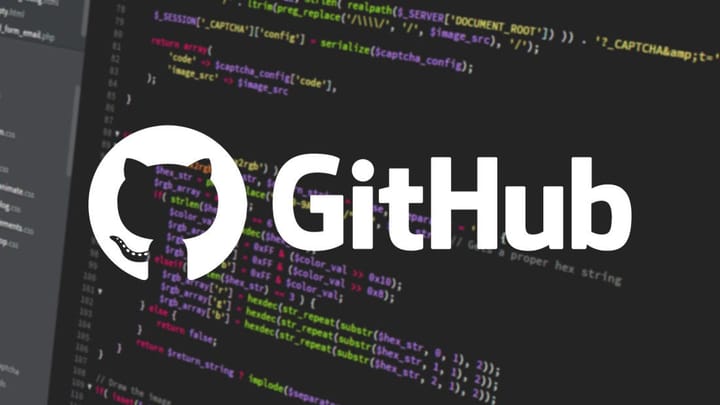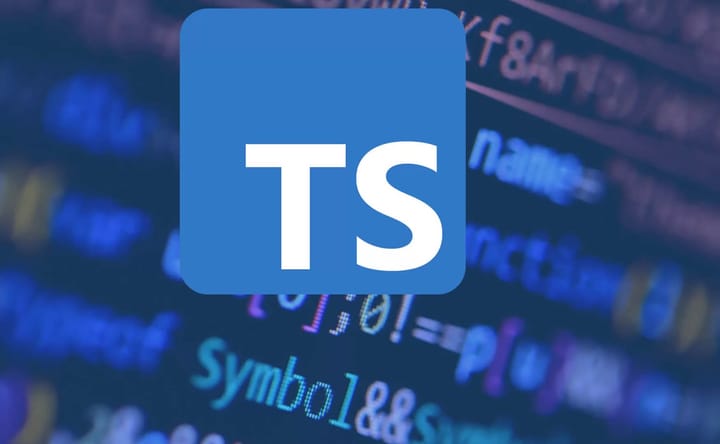Hugging Face Launches Tool to Find Best AI Models by Size
The update simplifies the process of identifying models that align with various hardware and performance constraints.

Hugging Face has launched a long-awaited feature that allows users to discover the best AI models based on size, reinforcing the startup's belief that smaller, specialised models often outperform larger ones in speed, cost-efficiency, and accuracy for specific tasks.
The update, now live on the platform, simplifies the process of identifying models that align with various hardware and performance constraints.
According to Hugging Face CEO, Clem Delangue, the feature’s release was delayed due to technical dependencies—specifically, the need for the safetensors and GGUF formats to become widely adopted.
These formats are now standard, enabling seamless model comparison and selection.
This new capability comes as the AI community increasingly shifts focus from massive, general-purpose models to lightweight, task-specific alternatives.
"Time for you to stop listening to AI influencers and find the best model (small or large) for you and your use-case," Delangue, said in a LinkedIn post.
The latest update is expected to help developers and researchers more efficiently navigate the growing model ecosystem, making smart model selection more accessible for real-world applications where size and speed matter as much as performance.
Hugging Face currently hosts over 1.7 million models on its Hub, making it one of the most extensive open-source AI model repositories available.
The company also recently concluded the LeRobot Worldwide Hackathon, a two-day global robotics and AI challenge held on June 14–15 across over 130 locations—including in-person events at venues like Betaworks in New York and the University of Melbourne.
Participants collaborated in teams using open-source LeRobot toolkits and SO-series robot arms to solve real-world robotic problems, with activities ranging from imitation and reinforcement learning to hardware modifications and dataset creation.
Last month, Hugging Face deepened its expansion into robotics with the launch of two new open-source humanoid robots: HopeJR and Reachy Mini.
HopeJR is a full-size robot featuring 66 degrees of freedom, allowing it to walk and move its arms.
Reachy Mini, designed for desktops, can move its head, talk, listen, and serves as a platform for testing AI applications.



Comments ()